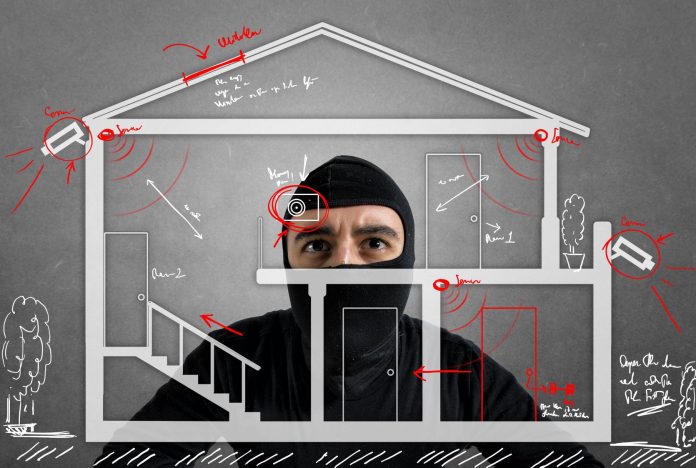
If you take a look at the tech trends in the past few years, you will find a massive explosion in smart home devices. What used to be known as home automation is currently known as a much simpler thing – the smart home. And the smart home makes your entire home connected, from your lights and HVAC system to your home security system.
Now, initially, all of these systems were disconnected from each other. You had to have a couple of apps to control all of them, and they resorted to different protocols to communicate with their hubs. However, as time passed large brands such as Amazon with their Echo devices, and Google with their Google Home devices, started acting as hubs that would allow you to tie all of those connected devices with each other. There are also platforms that are still considered emerging, such as Samsung SmartThings and the Apple HomeKit.
With all that being said, what’s Zigbee, and what is its role in this world of smart home technology? To add to this, what does it have to do with security?
The Idea Behind the Smart Home
Aside from making things more convenient and secure, the entire idea behind the concept of a smart home is to have every device talking to all the other devices, and keep you as informed as your devices. Whether your motion sensors talk to your camera, or you have a coffee machine that starts warming up as you get out of bed, there are a lot of applications. There’s a single network that handles all of these devices automatically. However, the problem is that too many devices are available, and making them use a single language is tricky. This is where Zigbee comes in.

Copyright: Unsplash | CC0 Public Domain
Zigbee, as a protocol, is based on the 802.15.4 personal area network standard by IEEE. Even though you might only hear about it now, it’s actually been around for over a decade as a specification. For many low-powered devices that don’t need a lot of bandwidth, it’s an alternative to Wi-Fi and Bluetooth. What are those devices? You guessed it, your smart home sensors and devices. There’s a really simple example here, a Zigbee-enabled switch, and a Zigbee-enabled light bulb that are from completely different manufacturers and don’t use the same software. However, since they’re both Zigbee enabled, they can communicate with each other, and the switch can turn on or off the light bulb.
How Does It Work?
Zigbee doesn’t focus on devices using point-to-point communication, where you have one high-powered device sending data to another one, over a short-range. Instead, it makes use of a mesh network, which makes it perfect for a smart home.

Copyright: Unsplash | CC0 Public Domain
A mesh network is basically a network connection that’s spread out among nodes that are wirelessly connected. They have the ability to share a network connection across a large area, and they act like small transmitters in a way. The fact that Zigbee supports mesh networking and takes advantage of it, means that it can boost the range for data transmission and offer quite a bit of stability.
And yes, this stability remains even if a node fails to work. There is usually a master node that controls all the other nodes, such as a Google Home device. If you have one node that fails, and the master node can’t communicate with it, the master node can still get to it through a third node within range. You basically have every node acting as a repeater, and they contribute towards the data distribution in the network.
Why Is It Suddenly So Important?
It’s not really all that sudden, but over the past few months, some of the biggest names in the industry have tried to work together and use Zigbee as a standard for all smart home devices. Leading the charge, you have Amazon, Apple, Google, and the Zigbee Alliance. To add to them, IKEA, Samsung SmartThings and a few other companies are behind this as well.
Their goal is to make sure that eventually, all smart home devices will communicate using the same standard. This will solve the major problem that we mentioned earlier, where devices are unable to communicate with each other because too many different protocols are in place.
Therefore, if you were to start using Zigbee devices within your smart home, for both automation and security, eventually you will get that unified experience that we’ve been striving towards for the longest time. It is exactly this that makes Zigbee the protocol to go for when you’re making your home security system, and all the other smart home devices.